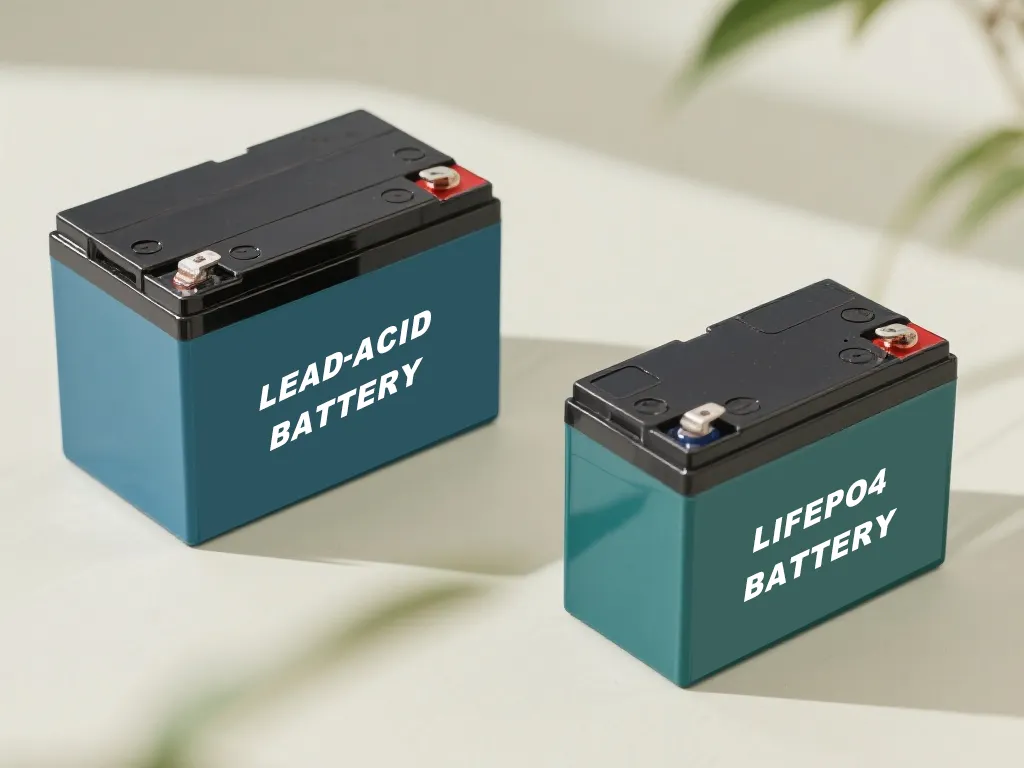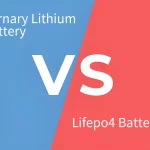Lead-Acid vs. Lithium Batteries: A Comprehensive Comparison
Lead-Acid vs. Lithium Batteries: A Comprehensive Comparison
When it comes to choosing the right battery for your needs, the debate between lead-acid and lithium batteries is a common one. Both battery types have distinct advantages and disadvantages, making them suitable for different applications. Whether you’re powering a car, a solar energy system, or a portable electronic device, understanding the differences between lead-acid and lithium batteries is crucial for making an informed decision. This comprehensive comparison will explore the key characteristics, performance metrics, and ideal use cases for each battery technology.
What Are Lead-Acid Batteries?
Lead-acid batteries are one of the oldest and most established types of rechargeable batteries. Invented in 1859 by French physicist Gaston Planté, they have been widely used for over a century in various applications. These batteries consist of lead dioxide positive plates, sponge lead negative plates, and a sulfuric acid electrolyte solution.
There are two main types of lead-acid batteries:
- Flooded lead-acid batteries (FLA)
- Valve-regulated lead-acid batteries (VRLA), which include AGM (Absorbent Glass Mat) and gel batteries
What Are Lithium Batteries?
Lithium batteries represent a more modern battery technology that has gained significant popularity in recent decades. These batteries use lithium ions as the primary component of their electrochemistry. Lithium batteries come in various chemistries, with Lithium Iron Phosphate (LiFePO4) and Lithium-ion being among the most common types used for energy storage and power applications.
Key Differences: Lead-Acid vs. Lithium Batteries
Energy Density and Weight
One of the most significant differences between lead-acid and lithium batteries is their energy density. Lithium batteries offer a much higher energy density, meaning they can store more energy in a smaller, lighter package. A typical lithium battery has 3-4 times the energy density of a comparable lead-acid battery, making lithium batteries substantially lighter and more compact.
Cycle Life and Longevity
Cycle life refers to the number of complete charge-discharge cycles a battery can handle before its capacity falls below 80% of its original capacity. Lithium batteries typically offer 2,000-5,000 cycles, while lead-acid batteries generally provide 300-1,000 cycles. This substantial difference in cycle life means lithium batteries often last significantly longer than their lead-acid counterparts.
Charge Efficiency and Speed
Lithium batteries have a charge efficiency of 95-99%, compared to 70-85% for lead-acid batteries. This higher efficiency means less energy is lost during charging. Additionally, lithium batteries can accept a much higher charge current, allowing them to recharge much faster than lead-acid batteries.
Depth of Discharge
Depth of discharge (DoD) refers to how much of a battery’s capacity can be used without causing damage. Lithium batteries typically allow for 80-100% DoD, while lead-acid batteries are generally limited to 50% DoD to maintain longevity. This means you can use more of the stored energy in a lithium battery without harming it.
Maintenance Requirements
Flooded lead-acid batteries require regular maintenance, including checking electrolyte levels and adding distilled water. AGM and gel lead-acid batteries are maintenance-free, as are all lithium batteries. This makes lithium and sealed lead-acid batteries more convenient for applications where regular maintenance is challenging.
Cost Comparison
Initially, lead-acid batteries have a lower upfront cost compared to lithium batteries. However, when considering the total cost of ownership over the battery’s lifespan, lithium batteries often prove more economical due to their longer life, higher efficiency, and reduced maintenance requirements.
Environmental Impact
Both battery types have environmental considerations. Lead-acid batteries contain toxic lead and sulfuric acid but have a well-established recycling infrastructure. Lithium batteries contain fewer toxic materials but currently have a less developed recycling system. Both battery types should be properly recycled at the end of their life cycle.
Applications: Where Each Battery Excels
Lead-Acid Battery Applications
- Automotive starting batteries
- Backup power systems (UPS)
- Golf carts and forklifts
- Marine applications
- Off-grid solar systems with budget constraints
Lithium Battery Applications
- Electric vehicles
- Portable electronics
- High-performance solar energy storage
- Medical devices
- Aerospace applications
- High-drain power tools
Making the Right Choice: Factors to Consider
When deciding between lead-acid and lithium batteries, consider these factors:
- Budget: If upfront cost is your primary concern, lead-acid may be the better choice.
- Weight and Space: For applications where weight and space are critical, lithium is superior.
- Lifespan: For long-term applications, lithium’s extended cycle life makes it more cost-effective.
- Performance Needs: High-drain applications benefit from lithium’s superior performance.
- Maintenance: If you prefer minimal maintenance, lithium or sealed lead-acid batteries are preferable.
Conclusion
The choice between lead-acid and lithium batteries ultimately depends on your specific needs, budget, and application requirements. Lead-acid batteries offer a proven, cost-effective solution for many traditional applications, while lithium batteries provide superior performance, longer lifespan, and greater efficiency for demanding modern applications. By understanding the key differences outlined in this comparison, you can make an informed decision that best suits your power storage needs. As battery technology continues to evolve, both lead-acid and lithium batteries will likely maintain their places in the market, each serving the applications where they excel most.
Table of Contents





